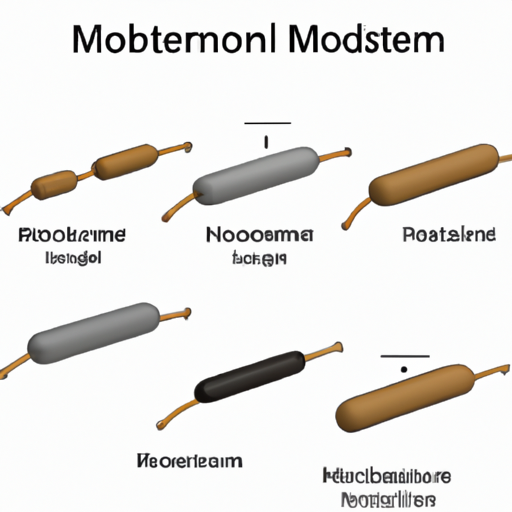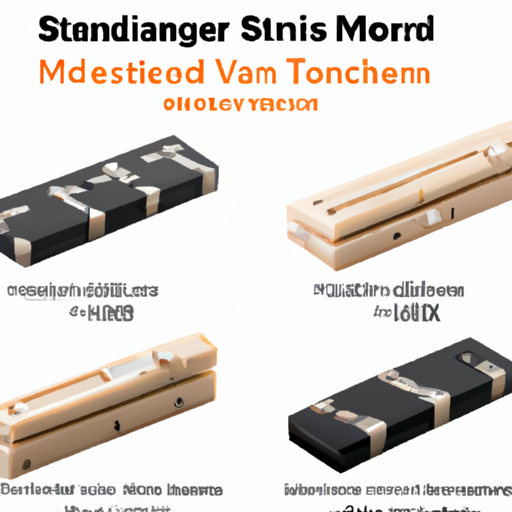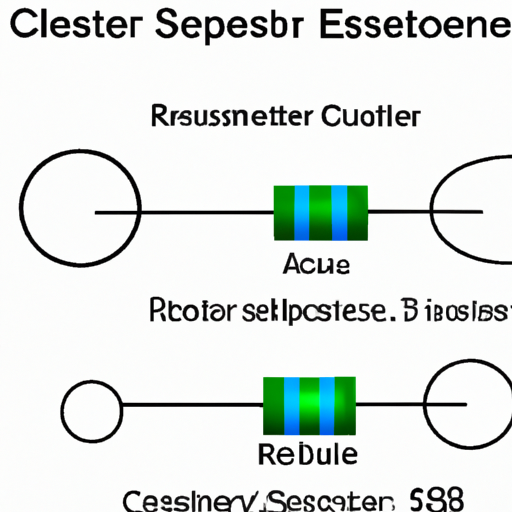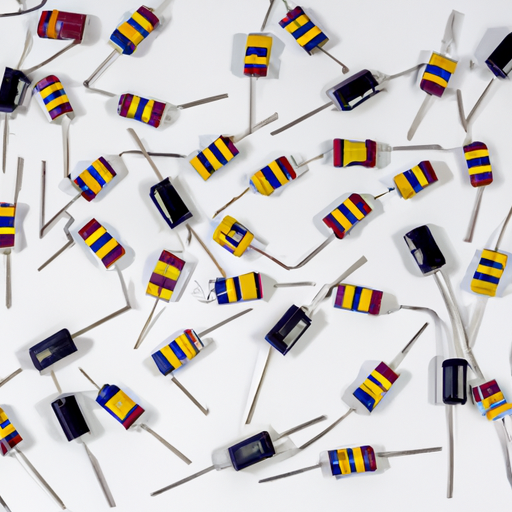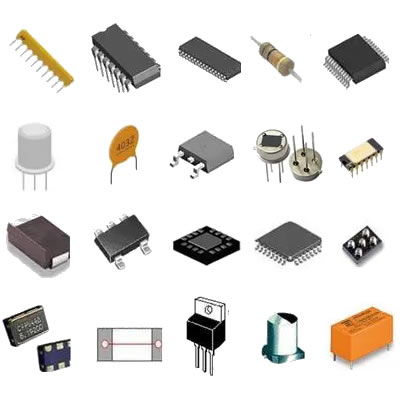What are the mainstream models of non-inductive resistors?
What are the Mainstream Models of Non-Inductive Resistors?
I. Introduction
In the realm of electrical engineering, resistors play a crucial role in controlling current flow and managing voltage levels. Among the various types of resistors, non-inductive resistors stand out due to their unique properties that minimize inductance, making them essential for high-frequency applications. This blog post will delve into the definition of non-inductive resistors, their importance in electrical engineering, and an overview of the mainstream models available in the market today.
II. Understanding Non-Inductive Resistors
A. Explanation of Inductance and Its Effects
Inductance is a property of electrical circuits that causes a change in current to induce a voltage in the opposite direction. This phenomenon can lead to unwanted oscillations and signal distortions, particularly in high-frequency circuits. Inductance can significantly impact circuit performance, leading to inefficiencies and inaccuracies in signal processing.
B. The Need for Non-Inductive Resistors
Non-inductive resistors are designed to eliminate or minimize inductance, making them ideal for applications where precision and stability are paramount. They are particularly useful in high-frequency circuits, where even small inductive effects can lead to significant performance degradation. Additionally, non-inductive resistors are crucial in precision measurements, where accuracy is essential.
III. Types of Non-Inductive Resistors
A. Wirewound Resistors
Wirewound resistors are constructed by winding a resistive wire around a non-conductive core. This design can be optimized to reduce inductance, making them suitable for non-inductive applications.
**Advantages and Disadvantages:**
Wirewound resistors offer high power ratings and excellent stability. However, they can be bulkier and more expensive than other types of resistors.
B. Thick Film Resistors
Thick film resistors are made by applying a thick layer of resistive material onto a substrate. The manufacturing process allows for precise control over resistance values and can be tailored for non-inductive applications.
**Characteristics and Applications:**
These resistors are known for their durability and cost-effectiveness, making them popular in various electronic devices.
C. Thin Film Resistors
Thin film resistors are created by depositing a thin layer of resistive material onto a substrate. This fabrication technique allows for high precision and low inductance.
**Performance Metrics:**
Thin film resistors offer excellent temperature stability and low noise, making them ideal for high-performance applications.
D. Carbon Composition Resistors
Carbon composition resistors are made from a mixture of carbon and a binding material. While they are not inherently non-inductive, specific designs can minimize inductance.
**Use Cases and Limitations:**
These resistors are often used in audio applications but can be less stable than other types.
E. Metal Film Resistors
Metal film resistors utilize a thin layer of metal as the resistive element. This design provides low inductance and high stability.
**Benefits in Non-Inductive Applications:**
Metal film resistors are known for their accuracy and low noise, making them suitable for precision applications.
IV. Key Features of Non-Inductive Resistors
When selecting non-inductive resistors, several key features should be considered:
A. Resistance Value and Tolerance
The resistance value determines how much current will flow through the resistor, while tolerance indicates how much the actual resistance can vary from the specified value.
B. Temperature Coefficient
The temperature coefficient measures how much the resistance changes with temperature. A low temperature coefficient is desirable for applications requiring stability across varying temperatures.
C. Power Rating
The power rating indicates the maximum power the resistor can handle without overheating. Non-inductive resistors are often designed to handle higher power levels.
D. Frequency Response
The frequency response of a resistor indicates how it behaves at different frequencies. Non-inductive resistors are designed to maintain performance across a wide frequency range.
E. Noise Characteristics
Noise can affect circuit performance, particularly in sensitive applications. Non-inductive resistors are designed to minimize noise, ensuring cleaner signal transmission.
V. Popular Models of Non-Inductive Resistors
Several manufacturers produce high-quality non-inductive resistors, each offering unique features and specifications.
A. Vishay Dale Non-Inductive Resistors
Vishay Dale is known for its extensive range of non-inductive resistors, which are widely used in various applications, including power electronics and audio equipment. Their products are characterized by high power ratings and excellent thermal stability.
B. Ohmite Non-Inductive Resistors
Ohmite offers a diverse product line of non-inductive resistors, focusing on high-performance applications. Their resistors are known for their durability and reliability, making them suitable for industrial and automotive applications.
C. TE Connectivity Non-Inductive Resistors
TE Connectivity provides a range of non-inductive resistors designed for high-frequency applications. Their products are widely used in telecommunications and aerospace industries, where precision and reliability are critical.
D. Bourns Non-Inductive Resistors
Bourns specializes in non-inductive resistors that cater to various market applications, including consumer electronics and industrial equipment. Their products are known for their compact design and high performance.
VI. Applications of Non-Inductive Resistors
Non-inductive resistors find applications across various fields, including:
A. Power Electronics
In power electronics, non-inductive resistors are used to manage current flow and voltage levels, ensuring efficient operation of power supplies and converters.
B. Audio Equipment
In audio applications, non-inductive resistors help maintain signal integrity, reducing distortion and improving sound quality.
C. Measurement and Calibration
Non-inductive resistors are essential in measurement and calibration equipment, where precision is critical for accurate readings.
D. RF and Microwave Circuits
In RF and microwave circuits, non-inductive resistors minimize signal loss and distortion, ensuring reliable performance in high-frequency applications.
E. Automotive and Aerospace Applications
In automotive and aerospace industries, non-inductive resistors are used in various systems, including control circuits and sensors, where reliability and performance are paramount.
VII. Conclusion
In summary, non-inductive resistors are vital components in modern electronics, providing stability and precision in various applications. With a range of types and models available, engineers can select the most suitable non-inductive resistor for their specific needs. As technology continues to advance, we can expect further innovations in non-inductive resistor design, enhancing their performance and expanding their applications in the future.
VIII. References
- Academic Journals on Electrical Engineering
- Industry Publications on Resistor Technology
- Manufacturer Specifications and Datasheets from Vishay, Ohmite, TE Connectivity, and Bourns
This blog post provides a comprehensive overview of non-inductive resistors, their types, features, popular models, and applications, highlighting their significance in the field of electrical engineering.

